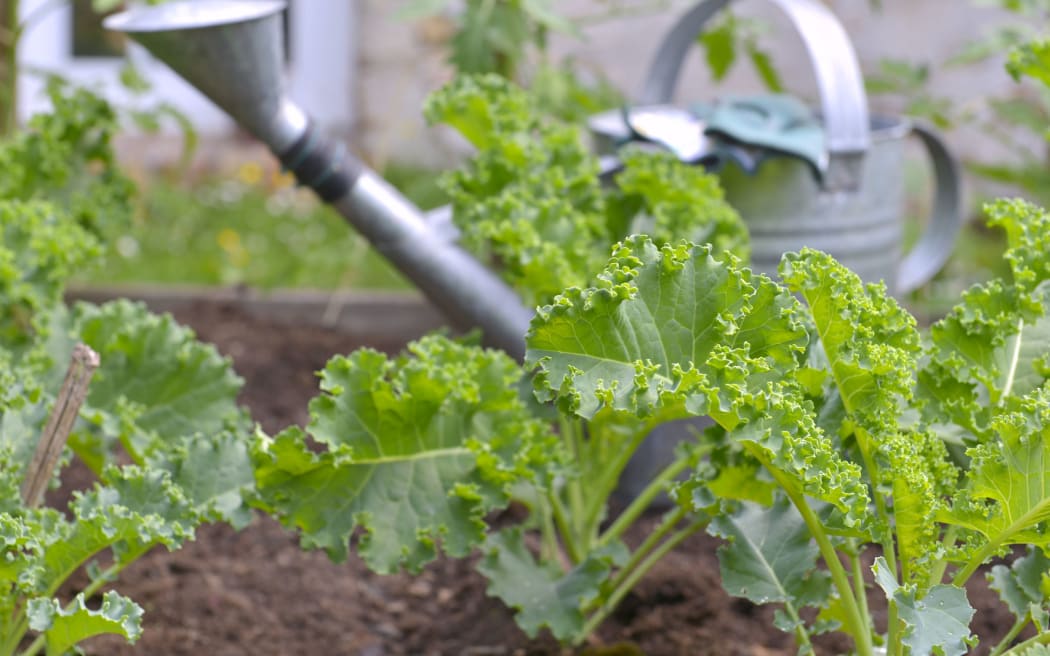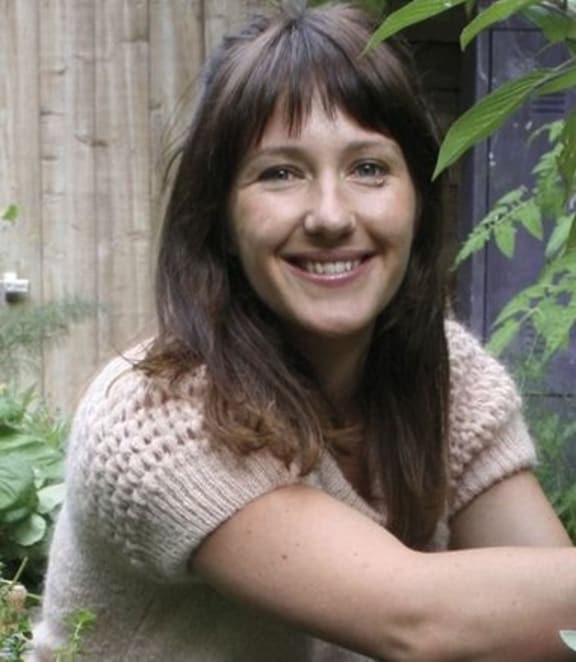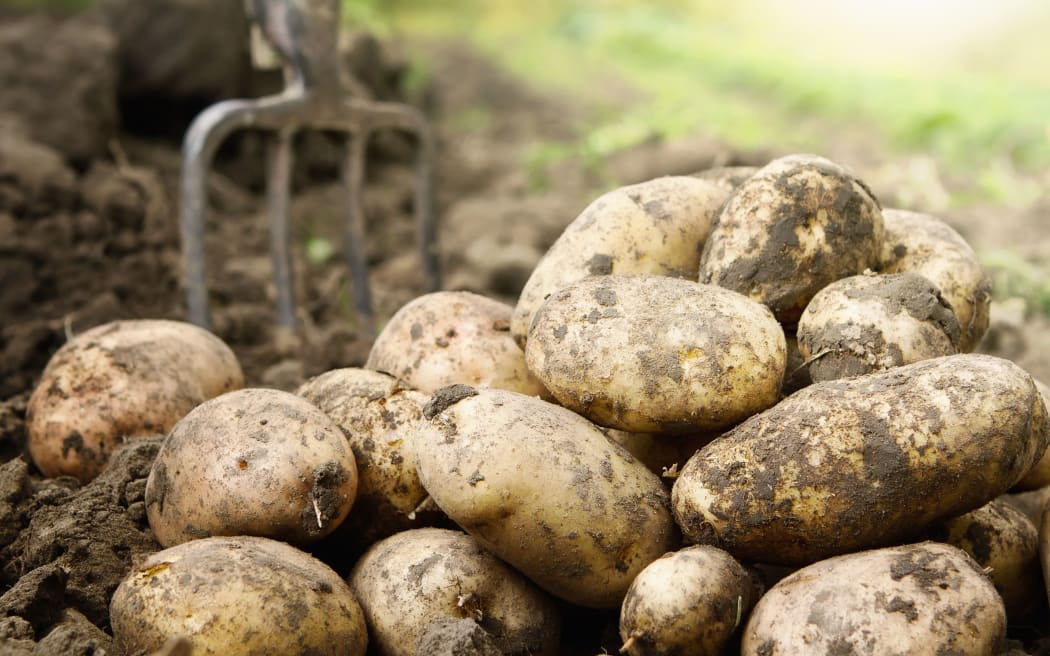To get the most from your vegetable garden, think 12 months ahead, says gardening guru Xanthe White.
If you’re lucky your garden is in full harvest mode, but now is the perfect time to think about winter crops and the seeds for next summer, she told Nine to Noon.
“You've got these big, lovely, extensive harvests that are coming in, you'll be thinking about how you store that to be able to use it in different months. But you also need to be starting to think about your seed collection at this stage.”

Photo: 123RF
If you’re smart about it, next year’s harvest is there for free, she says.
“If you look at your garden as not just a place to harvest your food, but to harvest for your next year's garden, you're going to be really prepared next year.
“And you should either not need to go to the garden centre, or the budget you would normally put into the garden centres can be used to extend your garden.”
The cost of fresh food remains high and that is unlikely to change, she says.
“Whatever you can do to reduce those costs to make your garden more viable for you the better.”
When it comes to seed harvesting, look for the most vigorous and tasty plants growing now.
“Start looking at what plants have performed really, really well in the garden, and what plants you want to see in the year to come. Start harvesting seed and preparing and drying that seed now.”
Storage
Your seeds for next season are food now for various critters so keep them in a cool, dry place away from nibbling rodents, White says.
“One potato put away at this time of year can be your whole potato harvest next year, but if it gets eaten by a rat, then that's gone.”
Tomato seeds

Xanthe White Photo: Supplied
One of the “funnest to collect,” White says.
“Use as a little Handee towel, the absorbent kitchen towel, and you just cut your tomato and squeeze that tomato out and you can use a little spoon or a knife just to drag those seeds nice and evenly out across.
“This works really well because the towel absorbs the liquid from around the seed and then you can just leave it on the window so to dry those seeds out nicely.”
When it comes to planting, the seed and paper combo can go straight into the ground, she says.
But the seed must be bone dry before storing, she says.
“If you leave any moisture in the seed, that moisture can cause the seed to get mouldy or rot.
“The rule with seeds is they must be dry.”
One tomato will give you enough seeds for next year, she says.
“The reason tomatoes are so good to collect is because there are always some plants that are just better than other plants, that just taste better and just perform better in our gardens.”
Storing potatoes

Photo: 123rf
The same principles as seeds apply - dark and dry, she says.
“You don't want to store a whole lot of potatoes together, so you want to make sure that there's space around them.
“You want it to wither up. You don't want it to stay nice and fresh and crisp, you want it to wither.”
She suggests storing the seed potatoes on a dry material such as organic packing paper or very dry wood shavings.
Beans
Beans are a garden must, she says.
“Beans are just one of the most perpetual greens when they're in harvest. And I just think between broad beans and scarlet runners, you can just get so much of that sweet green with the carbohydrate and the sugars into your diet.”
Legumes are also soil enhancers, fixing nitrogen into the soil, she says. Broad beans can be planted from late February through until July, so make a good over winter crop.

